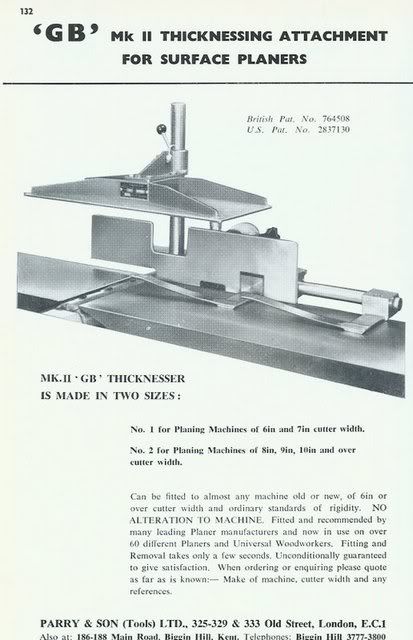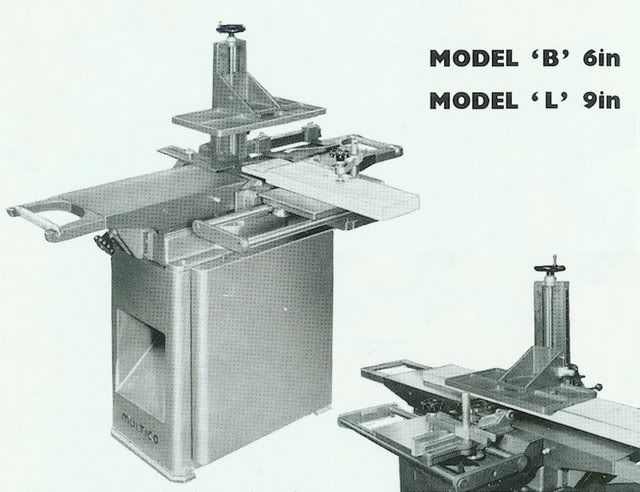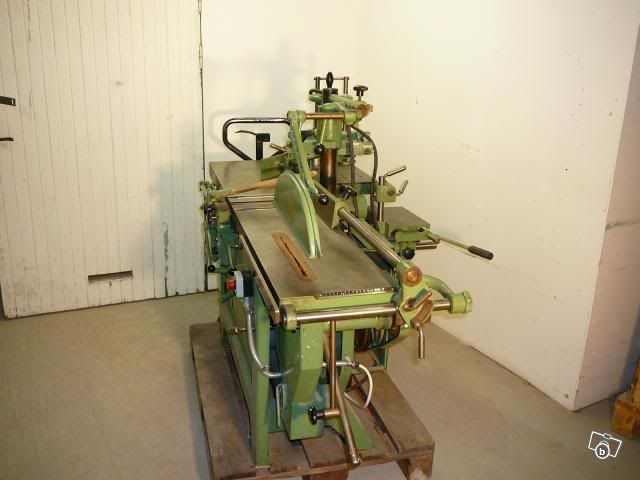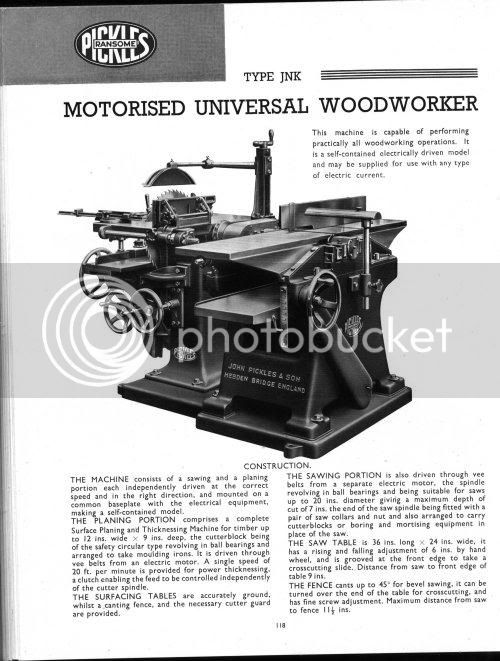heimlaga
Established Member
Hello.
As my woodworking seems to be growing from just a hobby into a small side income besides carpentry I am looking for a combination machine with bigger capasity than the planer/thicknesser and table saw I have now. I am considering a 1960-ies Stenberg. The cutter width is 60cm (24"). I am fairly accustomed to repairing farm machinery so why not woodworking machinery. The budget is tight as usual.
I am considering an otherwise quite sound machine where the wedges or chip breakers in the cutter head seem to be damaged somehow. Chips find their way in between the chipbreaker and the cutter knife building up there until it folds over the cutter edge. Can this be repaired? How? Is it worth the cost?. How did this happen?


As my woodworking seems to be growing from just a hobby into a small side income besides carpentry I am looking for a combination machine with bigger capasity than the planer/thicknesser and table saw I have now. I am considering a 1960-ies Stenberg. The cutter width is 60cm (24"). I am fairly accustomed to repairing farm machinery so why not woodworking machinery. The budget is tight as usual.
I am considering an otherwise quite sound machine where the wedges or chip breakers in the cutter head seem to be damaged somehow. Chips find their way in between the chipbreaker and the cutter knife building up there until it folds over the cutter edge. Can this be repaired? How? Is it worth the cost?. How did this happen?









































